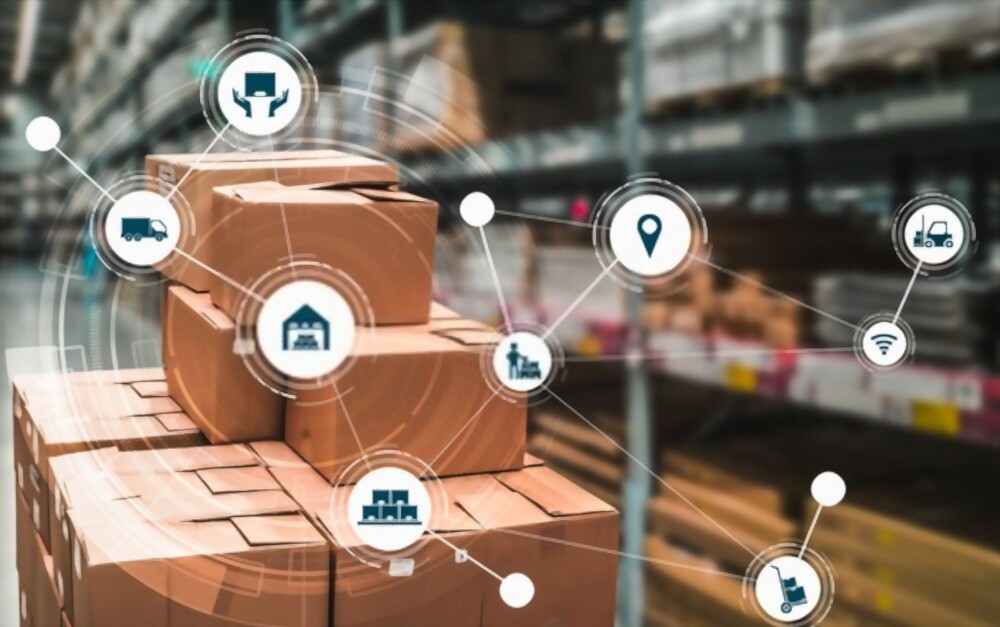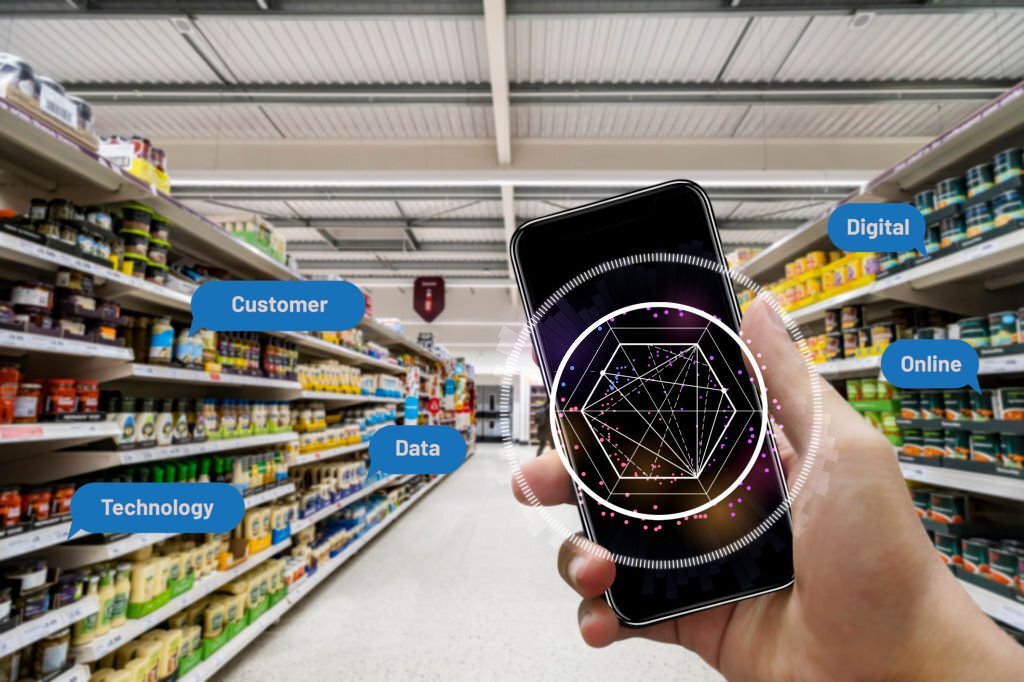The digital transformation seen around the world from the impact of new technologies in “B2B ecommerce” — selling goods and services between companies, which is primarily online these days — is radically altering the ways in which consumer goods companies do business.
For example, Ivy Mobility has created a software platform to help companies make sure that they’re selling the right amount of their products to the best markets at just the right times, avoiding out-of-stock complications and many other common in-store management problems along the way. How do they do it? Through using a system of integrated mobile apps, desktop applications, and cloud programs, they can collect and process a company’s key data points quickly and turn it into actionable, strategic insights. Customer-service representatives and sales managers can get quicker feedback about how close they are to hitting their sales targets, which leads to better time-management practices in the store. Overseeing the total inventory and its distribution between stores becomes crystal clear, allowing management to see which locations need additional support and supplies in real-time.
All of these points show how a new world of business communications has opened up what many experts are calling the “connected economy of the future.” This new business paradigm just started kicking off around 2016 and will likely dominate the market completely within the next three to five years.
- Distribution
- Wholesaling
- Convenience Markets
- Vending Markets


What exactly is the new “connected economy”?
Technology has broken many barriers today so that machines, people and organizations now interact many times daily throughout the world, and these connections become very valuable when businesses learn how to harness them with the right software solutions and data analysis. The connected economy, or “CE,” has also come to mean a more expansive mindset on how to do business. As stated in a report from IBM:
“In the connected economy, success is increasingly dependent on participation in broader business ecosystems. That’s why leaders are changing the relationship between IT and lines of business—making them more collaborative and focused on engagement.
What obstacles do businesses face when trying to join the connected economy?
According to a report from the Harvard Business Review, organizations typically face the following hurdles:
- Too many of their departments operate in isolation from each other and feel reluctant to embrace big organizational changes. When departments work out new ways to work together and share relevant information with new technological solutions, they often become more productive.
- Companies often lack the experienced leadership to help the staff transition into a more technologically connected business model. That’s why it helps to bring in support staff when upgrading to a new system.
- Business owners often feel that they can’t afford to upgrade their systems yet or that they can’t find the “right fit” in terms of selecting software systems that will truly benefit them in the long run.
Nevertheless, the same Harvard Business Review report goes on to explain that business owners may not be able to afford to hold onto their old ways of operating for much longer. Technological disruption is a reality, and those who don’t adapt to the CE model are already starting to lose revenue while those who jumped on board are seeing average increases of 10 percent in their profits.
The bottom line is that CIOs need to work more closely with their IT departments and corporate divisions to invest in new technology solutions that will boost consumer-goods production and management. For more information, get in touch with Ivy Mobility.